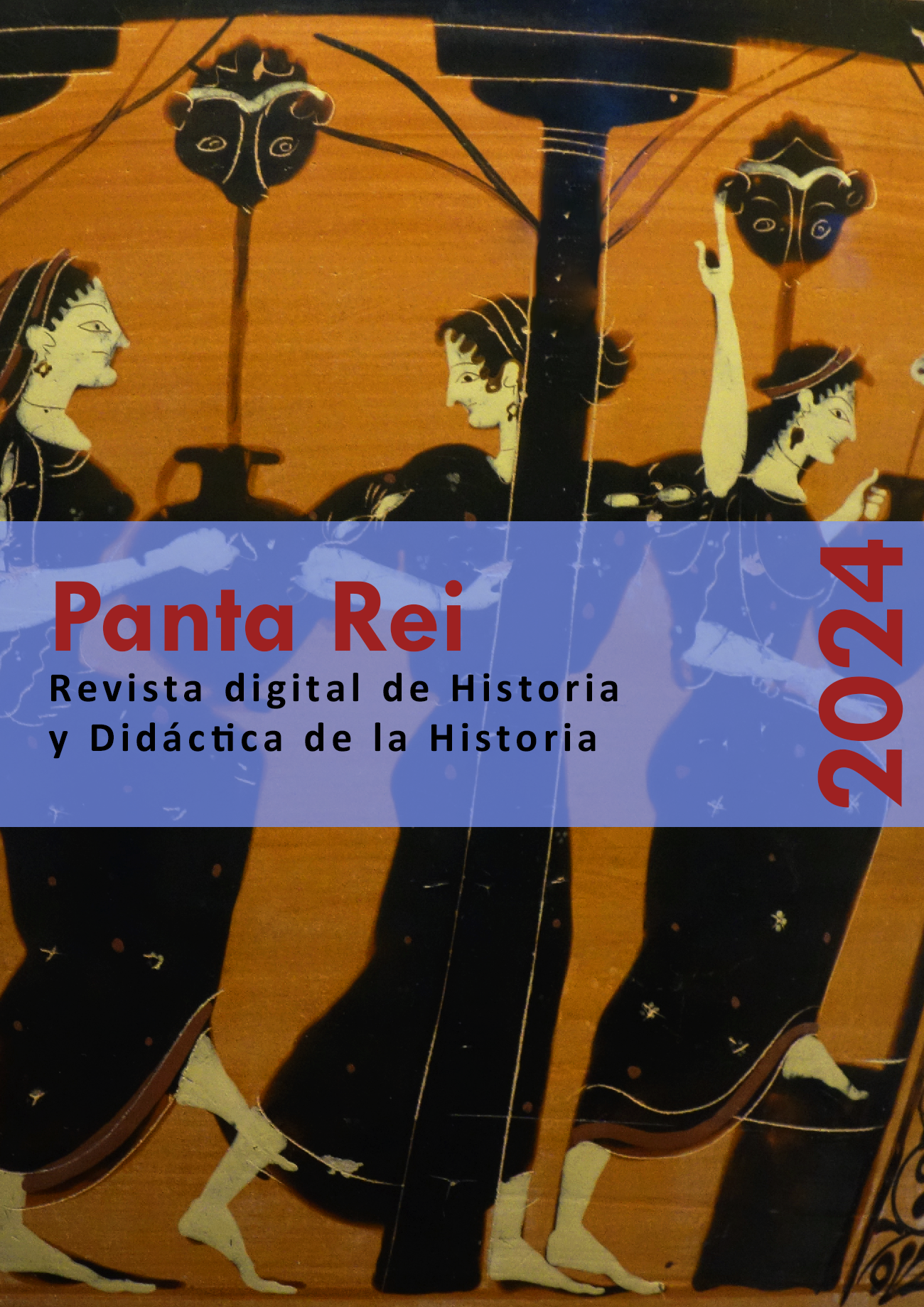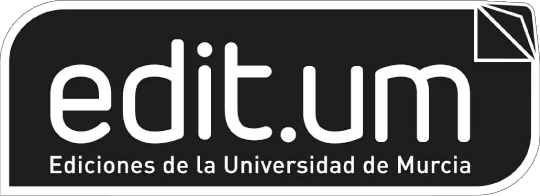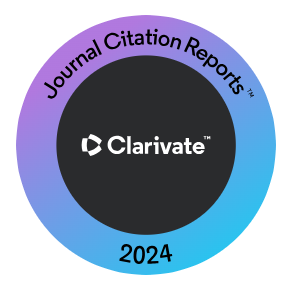Review: G.A. García Fernández (2022), ¿Qué historia enseñar y para qué? Historia, educación y formación ciudadana. Dos estudios de caso: Chile y España (2016-2017)
Abstract
The text is a review of the book written by G.A. García Fernández García Fernández (2022), ¿Qué historia enseñar y para qué? Historia, educación y formación ciudadana. Dos estudios de caso: Chile y España (2016-2017).
The book analyzes the foundations and historical evolution of History teaching in schools from the 19th century to 2017 in Chile and Spain. In this study, the author examines the political use of History by power groups, both in the nineteenth century era and today, and questions the impact of historical teaching on the citizenship perception of students. The author relies on four ethnographic case studies conducted in educational institutions (secondary schools) in Viña del Mar, Chile, and Alcalá de Henares, Spain, between 2016 and 2017. The book's thesis emphasizes that the history taught is a fundamental variable in shaping civic perceptions in school, as students receive and assimilate specific logical, narrative, and epistemological structures that influence their perception of citizenship.
Downloads
-
Abstract321
-
PDF (Español (España))109
-
EPUB (Español (España))57
References
Ankersmit, F. (2012). Meaning, Truth, and Reference in Historical Representation. Ithaca, New York: Cornell University Press.
Blanch, J. P. (2019). Enseñar historia, educar la temporalidad, formar para el futuro. El Futuro del Pasado: revista electrónica de historia, (10), 19-56.
Carretero, M. (2019). Pensamiento histórico e historia global como nuevos desafíos para la enseñanza. Cuadernos de pedagogía, (495), 59-63.
Novick, P. (2007). Ese noble sueño. La objetividad y la historia profesional norteamericana, tt. I y II, México D.F.: Instituto Mora.
Plá, S. (2012). La enseñanza de la historia como objeto de investigación, Secuencia, (84), 163-184.
White, H. (1992). Metahistoria. La imaginación histórica en la Europa del siglo XIX. México D. F.: Fondo de Cultura Económica.
Copyright (c) 2024 Francisco Laguna Álvarez

This work is licensed under a Creative Commons Attribution-ShareAlike 4.0 International License.
All the contents published in this journal are subject to an Attribution-ShareAlike 4.0 International (CC BY-SA 4.0) Creative Commons License. You are free to: Share — copy and redistribute the material in any medium or format, Adapt — remix, transform, and build upon the material, for any purpose, even commercially. Under the following terms:
Attribution — You must give appropriate credit, provide a link to the license, and indicate if changes were made. You may do so in any reasonable manner, but not in any way that suggests the licensor endorses you or your use.
ShareAlike — If you remix, transform, or build upon the material, you must distribute your contributions under the same license as the original.
Full text of the license is available in: Creative Commons License 












